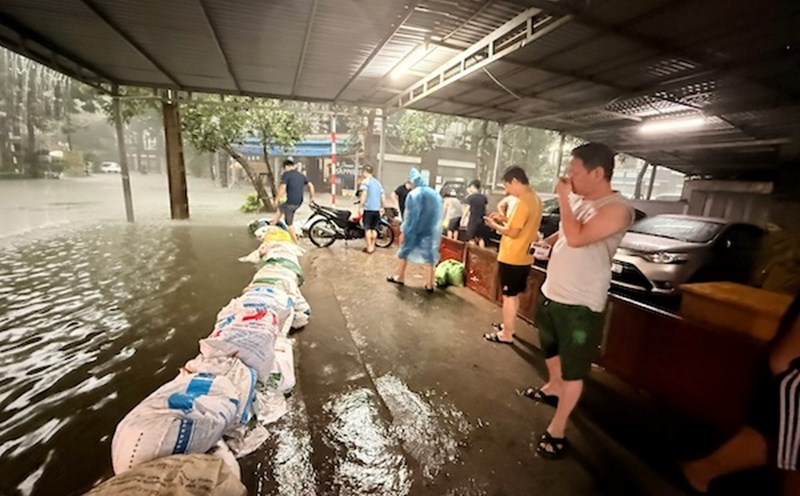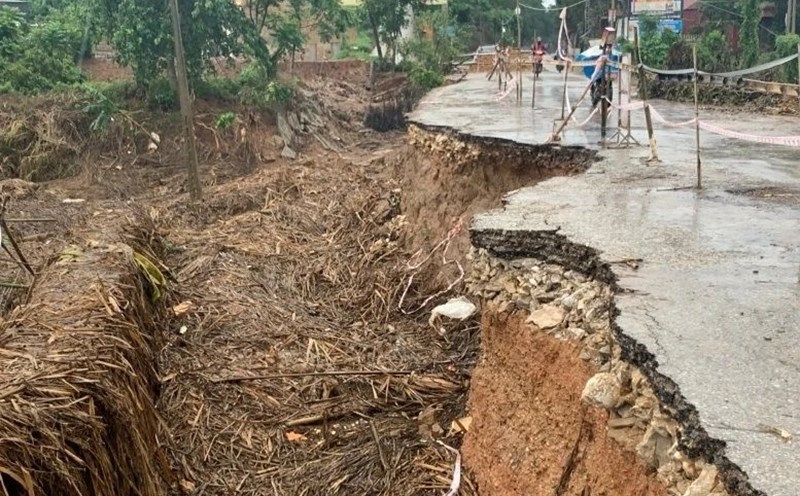On October 7, the Department of Agriculture and Environment of Khanh Hoa province established an inspection team to respond to African swine fever in localities.
Currently, the Department of Agriculture and Environment is completing a report to the Provincial People's Committee, advising on the direction of implementing measures according to Plan No. 3028 dated August 31, 2025 on preventing and combating diseases in livestock, poultry and aquatic products in the last months of the year.
At the same time, localities are required to strengthen inspection, zoning, and completely suppress epidemics, minimizing damage to livestock farmers.
From October 1 to 5, African swine fever appeared in Khanh Hoa province in 13 livestock households in 5 communes and wards including: Nam Nha Trang, Cam Lam, Suoi Dau, Ninh Hoa and Bac Ninh Hoa.
The total number of pigs forced to be destroyed is 344, with a total weight of more than 18.4 tons - according to the report of the provincial Department of Animal Husbandry and Veterinary Medicine.
In Nam Nha Trang ward, DTHCP occurred in 5 households in Phuoc Loc, Phuoc Son, Phuoc Ha residential groups, forcing 119 pigs (8.8 tons) to be destroyed. In Cam Lam commune, the outbreak occurred in 5 households in Lap Dinh 2, Lap Dinh 3 and Nghia Nam villages, with 174 pigs (6.2 tons) destroyed.
In addition, on October 2, the epidemic was also detected in Suoi Dau commune (1 household, 11 children), Ninh Hoa ward (1 household, 31 children) and Bac Ninh Hoa commune (1 household, 9 children). All infected pigs have been destroyed according to regulations.
According to the epidemiological investigation, most of the households affected by the epidemic are small-scale farmers, and the barn conditions have not met the requirements for disease safety.
Many households take advantage of leftover food from restaurants and eateries to raise pigs; cages are open, easily infected with pathogens.
The leader of the provincial Department of Animal Husbandry and Veterinary Medicine said that the risk of a new outbreak in the coming time is very high, due to the changing seasons and erratic sunshine, which reduce the resistance of livestock, creating conditions for the virus to develop.
In addition, the demand for consumption, transportation and slaughter of livestock has increased sharply, while vaccination work has not been seriously implemented in many households.
Immediately after discovering the outbreak, local authorities coordinated with specialized sectors to synchronously deploy urgent measures: spraying poison, spraying lime powder, burying pigs with disease; setting up checkpoints to control the transportation of pigs to and from epidemic areas; reviewing all pigs and requiring livestock households to sign a commitment to comply with disease prevention and control regulations.











